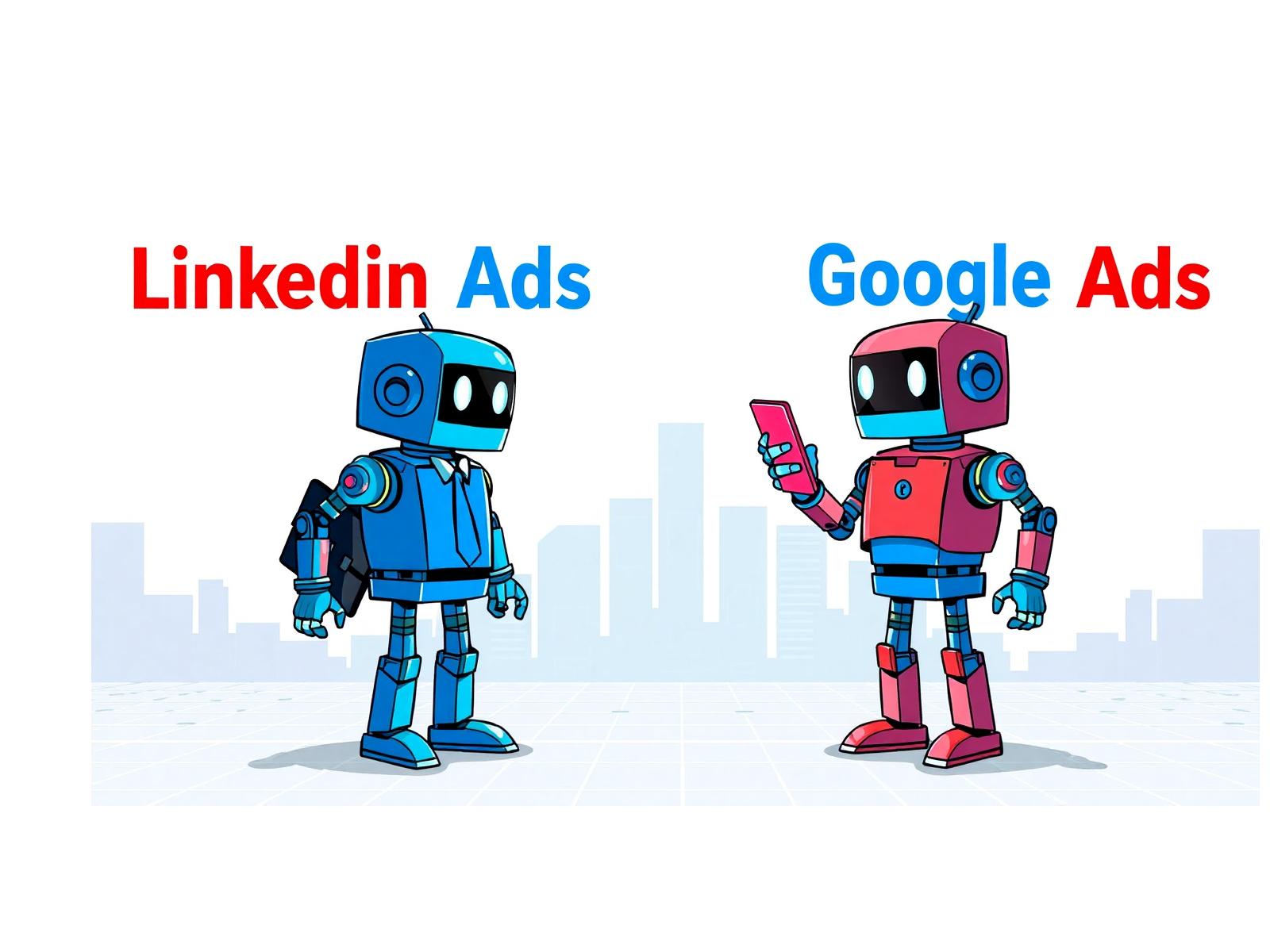
LinkedIn Ads or Google Ads?

How to recognize quality backlinks

Search Visibility Framework: SERP in 2026

7 minutes
Generative AI has rapidly evolved from an experimental novelty into an everyday tool — and with that, scrutiny has intensified.
One of the most pressing questions today is how these systems decide which content to trust and surface higher in results, and which to ignore.
This challenge is very real: a Columbia University study found that during 200 tests across leading AI search engines such as ChatGPT, Perplexity, and Gemini, more than 60% of the results lacked proper source citations.
At the same time, the emergence of advanced models with “reasoning” capabilities has only heightened concerns, as reports of so-called AI hallucinations become increasingly frequent.
As credibility challenges grow, generative systems are under pressure to prove they can consistently deliver verified, high-quality information.
Generative systems reduce the complex concept of trust to technical criteria.
Notable signals — citation frequency, domain reputation, and content freshness — act as proxies for the qualities humans typically associate with reliable information.
The classic SEO model of E-E-A-T (experience, expertise, authoritativeness, and trustworthiness) remains relevant.
However, these characteristics are now evaluated algorithmically, as systems determine what qualifies as trustworthy content across the entire index.
In practice, this means AI promotes the same qualities that have long been recognized as hallmarks of quality content — the very traits marketers and publishers have focused on for years.
How generative systems define “trust” begins long before a user enters a query.
At the foundation of the process are the datasets they are trained on. The way these are selected and filtered directly shapes which types of content are considered reliable.
Most large language models (LLMs) are trained on massive text corpora, which typically include:
Equally important is what gets excluded, including:
Raw pretraining data is only a starting point.
Developers apply a combination of methods to filter out low-trust content, such as:
This process is critical, as it sets the baseline for which trust and authority signals the model will recognize during fine-tuning and public use.
When a user enters a query, generative systems apply additional layers of ranking logic to determine which sources to display in real time.
Read how to properly use AI in content marketing.
These mechanisms are designed to balance credibility with relevance and timeliness.
Beyond accuracy and authority, other key signals include:
Systems do not assess sources in isolation. Content that appears across multiple reputable documents gains extra weight, increasing the chances it will be cited or summarized. This cross-referencing makes repeated trust signals especially valuable.
Google CEO Sundar Pichai recently emphasized this principle, reminding that Google does not make manual decisions about which pages are authoritative.
Instead, algorithms rely on signals such as the frequency of links to reliable pages — a principle rooted in PageRank that still underpins today’s more complex ranking models.
While Pichai was speaking about search generally, the same logic applies to generative systems, which depend on cross-signals of trust to elevate individual sources.
Timeliness is also crucial, especially for inclusion in Google AI Overviews.
This is because AI Overviews draw on Google’s core ranking systems, where freshness is a distinct factor.
Actively maintained or recently updated content has a much higher chance of being surfaced, particularly for queries tied to evolving topics such as regulations, breaking news, or new scientific findings.
Ranking is not one-size-fits-all.
For technical queries, scientific or highly specialized sources may be prioritized, while news-related queries may lean more heavily on journalistic reporting.
This flexibility allows systems to align trust signals with user intent, producing more nuanced rankings where credibility is paired with context.
Even after training and ranking during query processing, systems must assess the level of confidence in the responses they generate.
For this, internal trust metrics are applied — scoring systems that determine the likelihood that a statement is accurate.
These scores influence which sources will be cited and whether the model chooses cautious wording instead of a definitive answer.
As noted earlier, signals of authority and cross-references play a crucial role here. But other factors are also considered:
Despite scoring systems and safeguards, large-scale verification of accuracy remains an unfinished process.
Key challenges include:
Generative systems are under growing pressure to become more transparent and accountable. Early steps in this direction are already visible.
Trust in generative AI is not defined by a single factor.
It emerges from the interplay of several elements: carefully curated training data, real-time ranking logic, and internal confidence metrics — all filtered through opaque systems that continually evolve.
For brands and publishers, the key task is to align their content with the signals these systems already recognize and reward.
Core strategic principles include:
The direction is clear: focus on content that is transparent, expert-driven, and consistently maintained.
By understanding how AI defines trust, brands can sharpen their strategies, strengthen authority, and increase the likelihood of becoming the sources that generative systems turn to first.
Read this article in Ukrainian.
Say hello to us!
A leading global agency in Clutch's top-15, we've been mastering the digital space since 2004. With 9000+ projects delivered in 65 countries, our expertise is unparalleled.
Let's conquer challenges together!
performance_marketing_engineers/
performance_marketing_engineers/
performance_marketing_engineers/
performance_marketing_engineers/
performance_marketing_engineers/
performance_marketing_engineers/
performance_marketing_engineers/
performance_marketing_engineers/
Please type here...